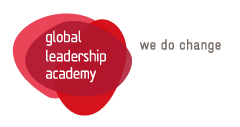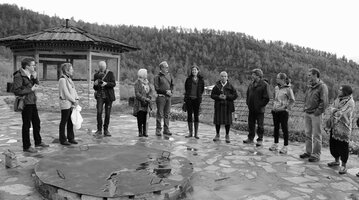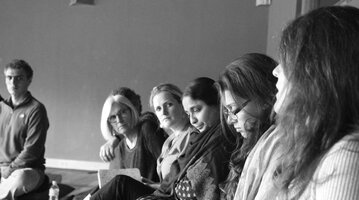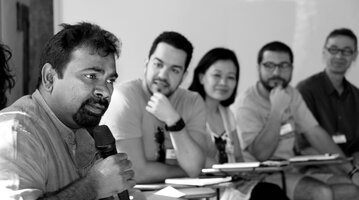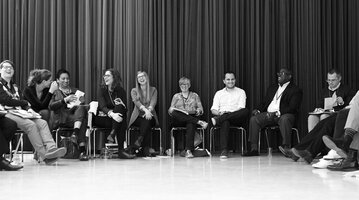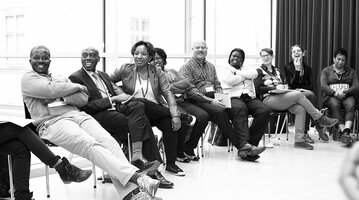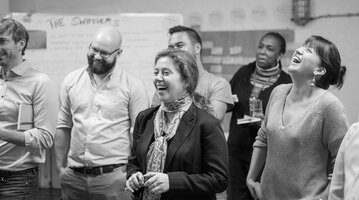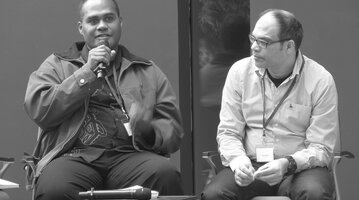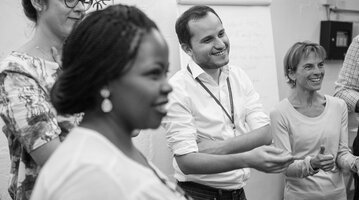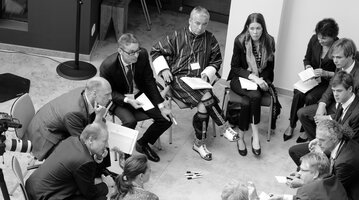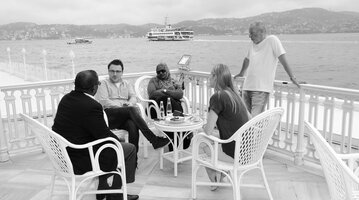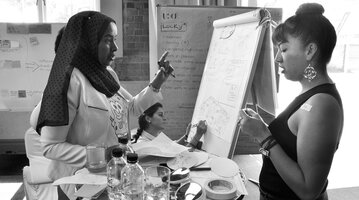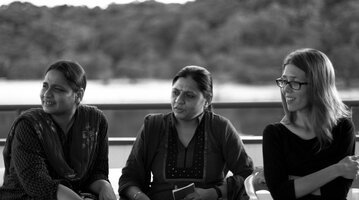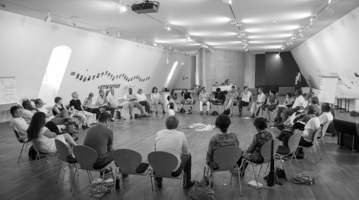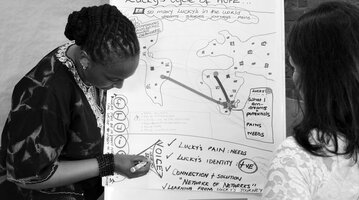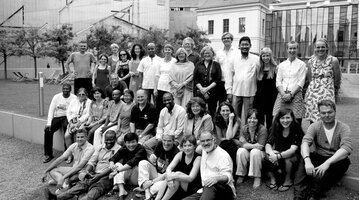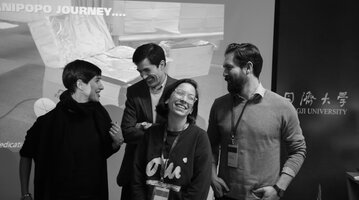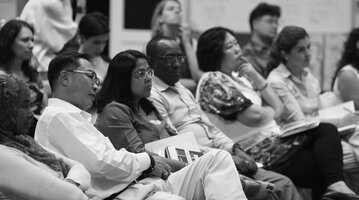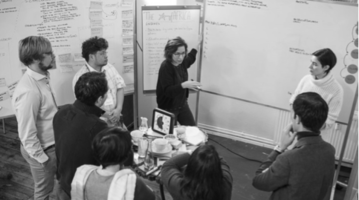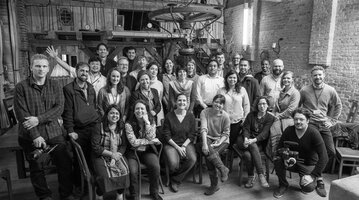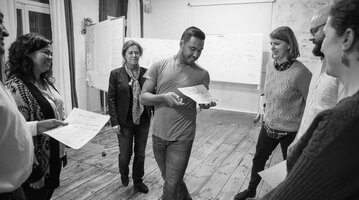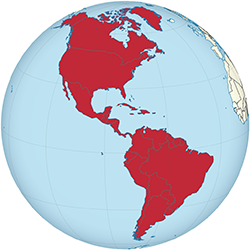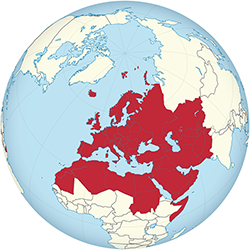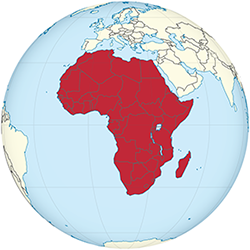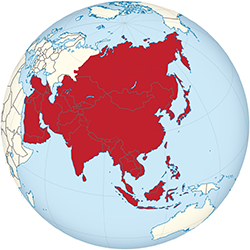Communities
Leaders and change agents from around the world form the regional and thematic communities of the Global Leadership Academy Network. They are experts in their fields and able to make change happen, be it through organisational leverage or convincing power.
Since 2013 the Global Leadership Academy has brought together a pool of high-profile actors from all over the world and across different sectors. Our members form a network of vibrant communities of those who aspire change and are willing to collaborate in new ways to achieve necessary transformation to reach the goals of Agenda 2030.
Eindrücke aus der Community
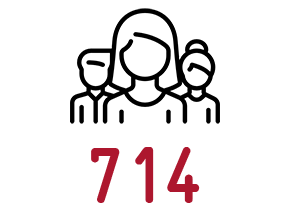
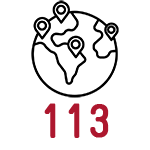
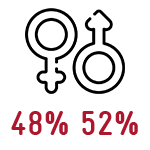
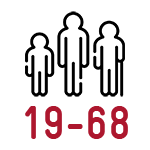
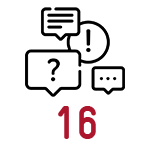

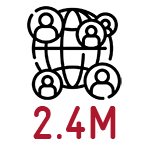
Icons by wanicon, freepik, icongeek26
sectors
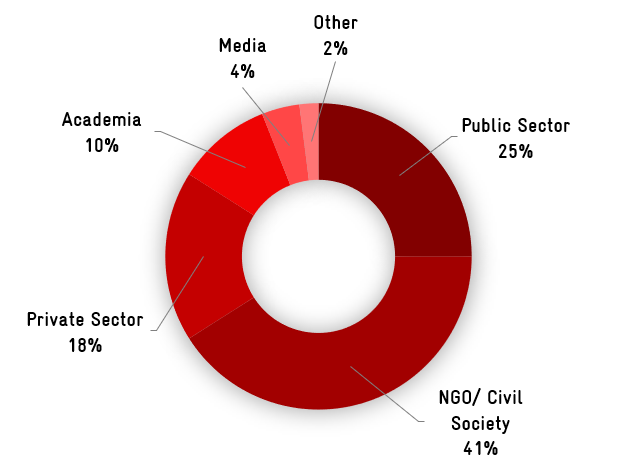
Contributing to the global goals












Network Analysis
To support the development of the GLAC Network, beyond thematic and regional communities, we commissioned a study to take a close look in 2018 at the already existing connections among the participants.
The network analysis also provided us with a better sense on how to promote active global collaboration and foster strong engagement. It revealed, that opportunities for exchange, networking and collaboration across thematic fields as well as regional or local meetings would be highly valued beyond thematic lab communities within the GLAC Network. Additional interviews with individual members showed a desire to
- focus on content rather than form or structure
- share learning and expertise
- create different thematic alliances within the network
- create space to really get to know network members better
- collaboration on shared activities to strengthen bonds and establish trust
That’s why we started to design and implement different instruments and tools for community building and joint action, aiming at self-organized exchange as well as regional or local action.
Read the Executive Summary of the Network Analysis
Regional Leadership and Core Groups
Assuming that collaborative initiatives would differ as regionally prioritized global development topics might do and trying to serve the complex demands, four regional ambassadors were appointed, functioning as key accounts for the four global regions from early 2019 to 2020. This structure evolved since then and took different forms in the four regions.
COLLECTIVE IDENTITY AND ACTION
The network analysis was then followed by an identity process from December 2019 to May 2020 including a broader survey and interviews with network members. We were interested in the “we” that the GLAC Network could refer to, a collective identity, joint vision or a jointly felt urgency for change as meaning for its members. The result was expressed in this word cloud:
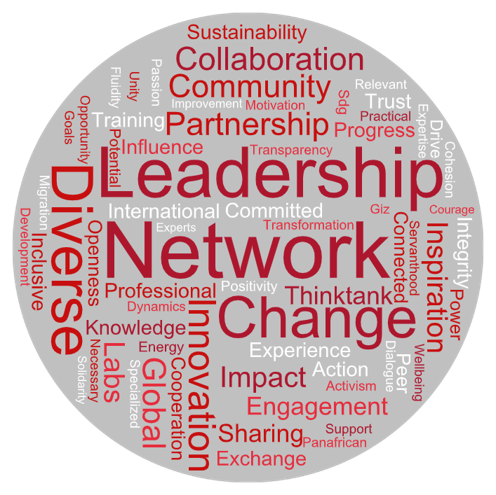
The identity process showed that members had the following two key drivers to participate in the GLAC Network:
(a) The need to achieve the global goals of the Agenda 2030 and to mitigate risks.
(b) The friendship and bonds to peers and the wish to be an active part.
It was right at the end of the identity process that due to the digital transformation, enhanced by the COVID 19 pandemic, remote and especially social media communication opened an arena to connect and act on a different scale, based on a strong digital connectivity.
While the logic of collective action still relies on formal organizational control, stronger commitment and collective identity framing, the logic of "connective action" is a result of mediating technologies that inspire and afford emergent digitally networked action, based on large‐scale self‐organized, fluid and weak‐tied networks.
The nature of social media ensures that personalized action frames (e.g. personal stories) and the self‐motivating act of voluntary sharing, as well how this act is reciprocated, is integral for the potential reach and impact of initiatives and movements. At the same time, actors in these movements are synergistically co‐creating dynamic communities, collectively forging a common cause and through joint efforts seeking to achieve a better outcome or social change. As a result the personalized action frames are articulated into a collective action frame, and despite the dynamic and weak‐tied nature, a united "we" is constructed based on shared understandings and as a result some form of collective identity is forged.
Seeing that online communication offers new opportunities for decentralized voluntary (political) action and systems change may need to be linked to understand what are the drivers of the GLAC Network and action as they emerged since early 2020.
